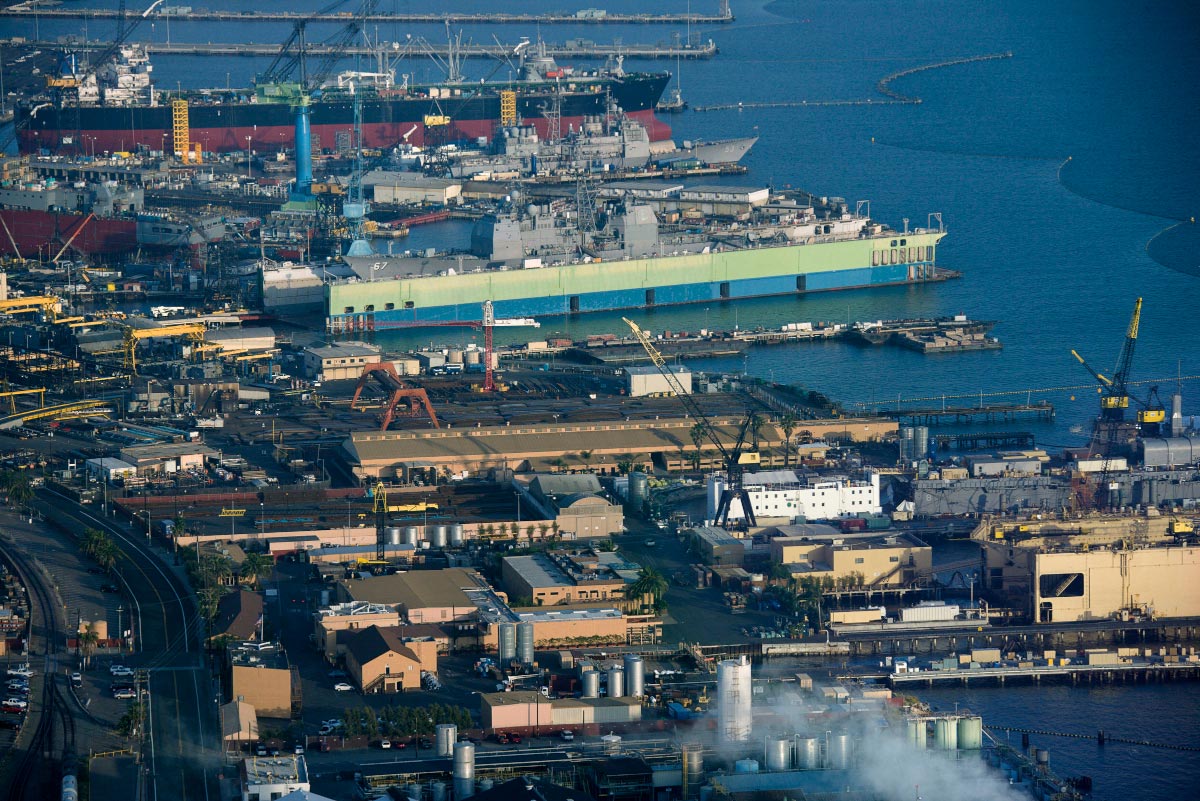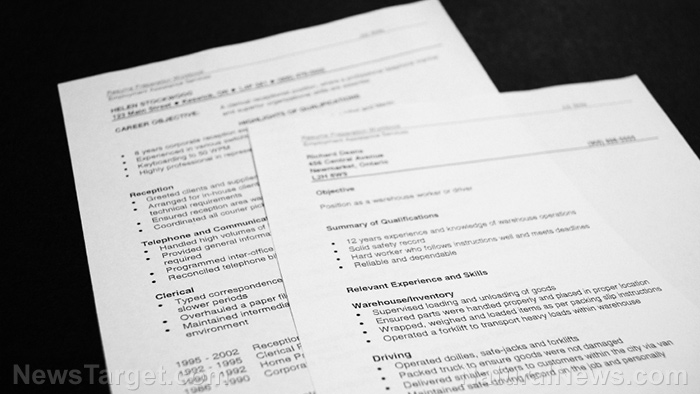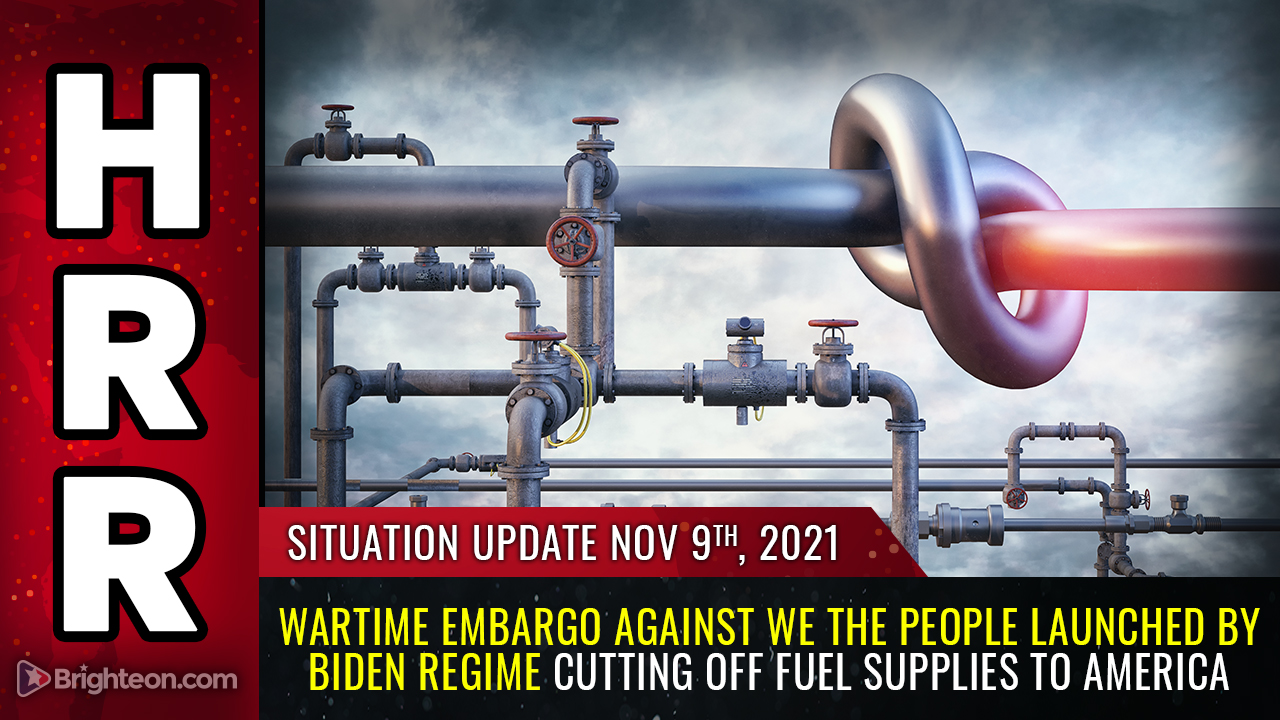
Congestion, expanded operations challenge port efficiency
United States' cargo ports still continue to see strong revenue performance as a result of the sustained congestion and record volume in the West Coast, according to Fitch Ratings. However, maintaining operational efficiency is becoming more of a challenge as bottlenecks still remain unresolved due to disrupted supply chains, mismatched rolling stocks, capacity-strained logistics networks and ongoing labor shortages. The congestion is expected to persist through the holiday season up to early 2022. Additional investment in warehouse capacity and logistics will also be necessary to support the increased port operating hours in West Coast ports of Los Angeles and Long Beach. Cargo passing through these ports could see increases in handling costs related to their extended gate hours, with added costs eventually passed on by retailers to their customers. Some East Coast and Gulf Coast ports have also seen large increase in container volumes, specifically Georgia Ports Authority and Port of Virginia. Cargo volume increases at most East Coast and Gulf Coast ports have usually been constrained by capacity limitations, Panama Canal ship size restrictions and more congested inland transportation networks. However, logjams may also drive additional volumes to East Coast gateways as more ports pursue capacity-enhancing expansion and optimization plans. (Related: Worsening shipping crisis will affect retail supply lines and shopping for holidays.) For instance, Savannah is now expanding its storage yard and rail yard, and will soon be increasing the size of its berths. Virginia's semi-automated facilities and rail access also allow them to adapt more quickly to vessel calls and cargo handling needs. Get more updates about supply chain issues at Bubble.news. Sources include: FreightWaves.com FitchRatings.comUS companies now dropping requirements for workers in response to labor shortages
By Ramon Tomey // Share
Biden’s economic agenda, COVID policies make supply chain crisis worse
By Arsenio Toledo // Share
Hospital emergency rooms swamped with non-COVID patients, most of whom were previously vaccinated
By Mary Villareal // Share
Large business groups describe Biden’s vaccine mandate as poorly planned, ill-timed
By Matthew Davis // Share
How modern diets fuel widespread magnesium deficiency
By avagrace // Share
Radiation-metabolizing Chernobyl fungus could shield astronauts on deep-space missions
By kevinhughes // Share
CDC whistleblower sparks renewed debate over vaccine safety and autism research
By finnheartley // Share
Fed accelerates treasury purchases as Trump eyes unconventional debt strategy
By finnheartley // Share
Trump administration revokes record 85,000 visas in 2025
By bellecarter // Share











